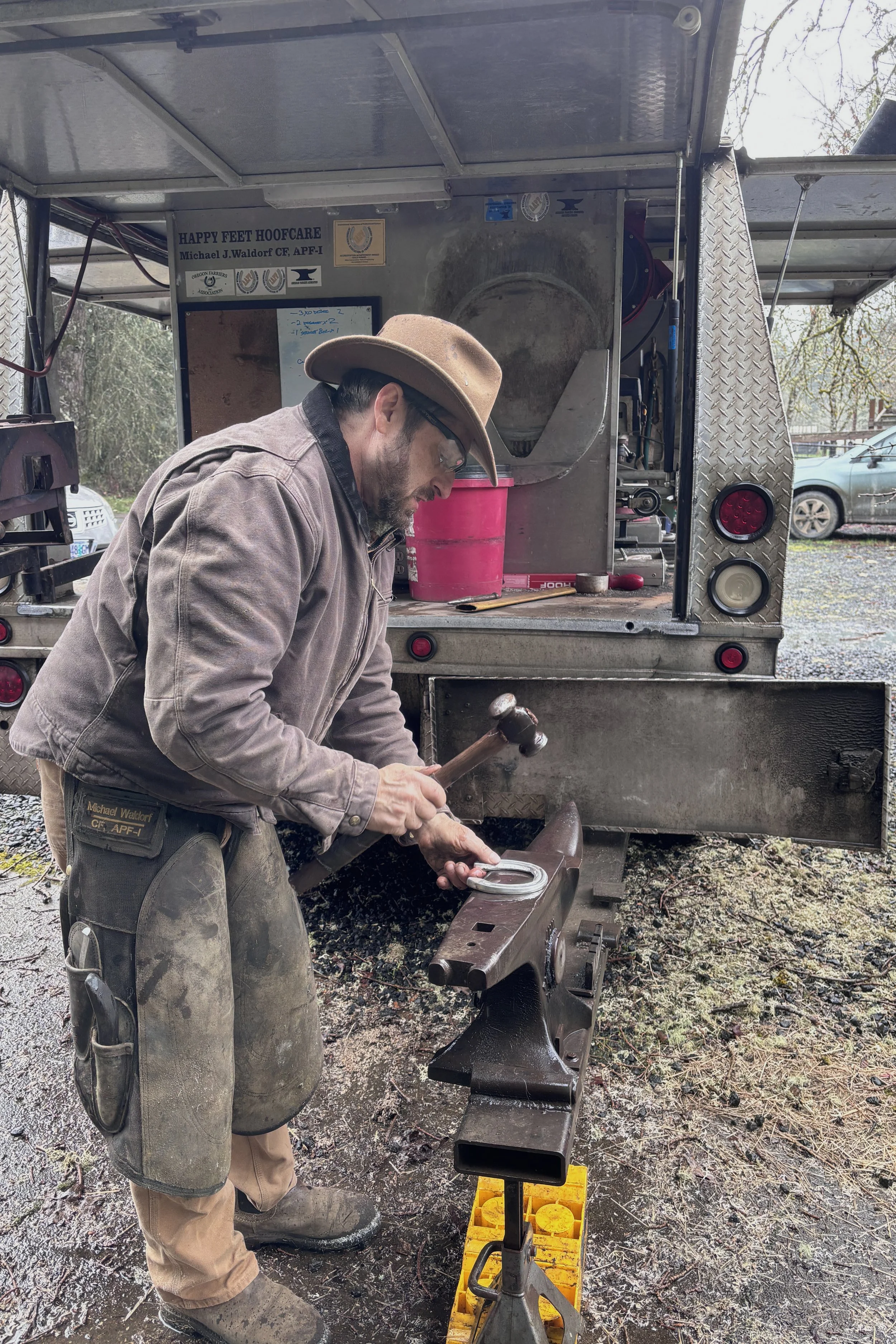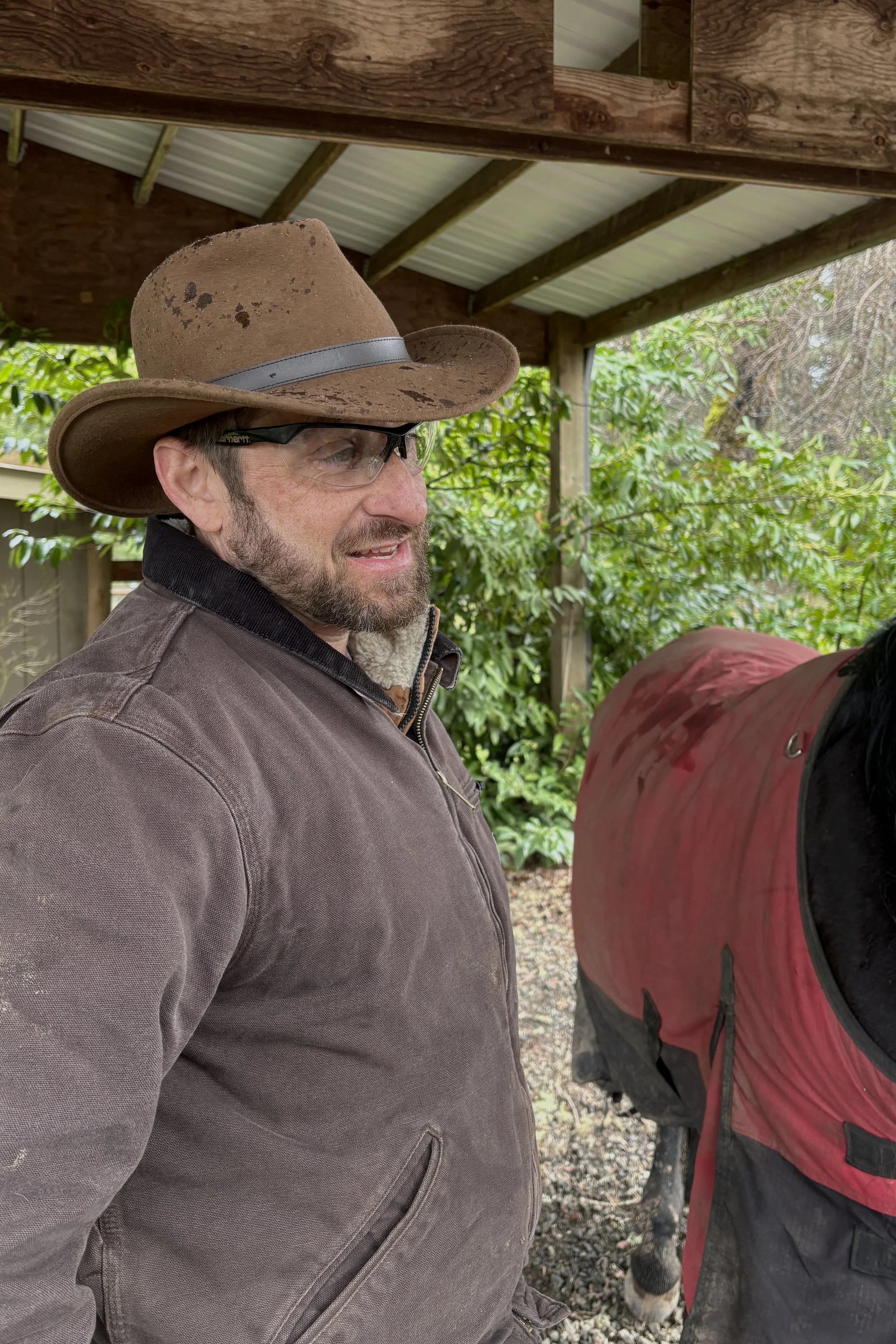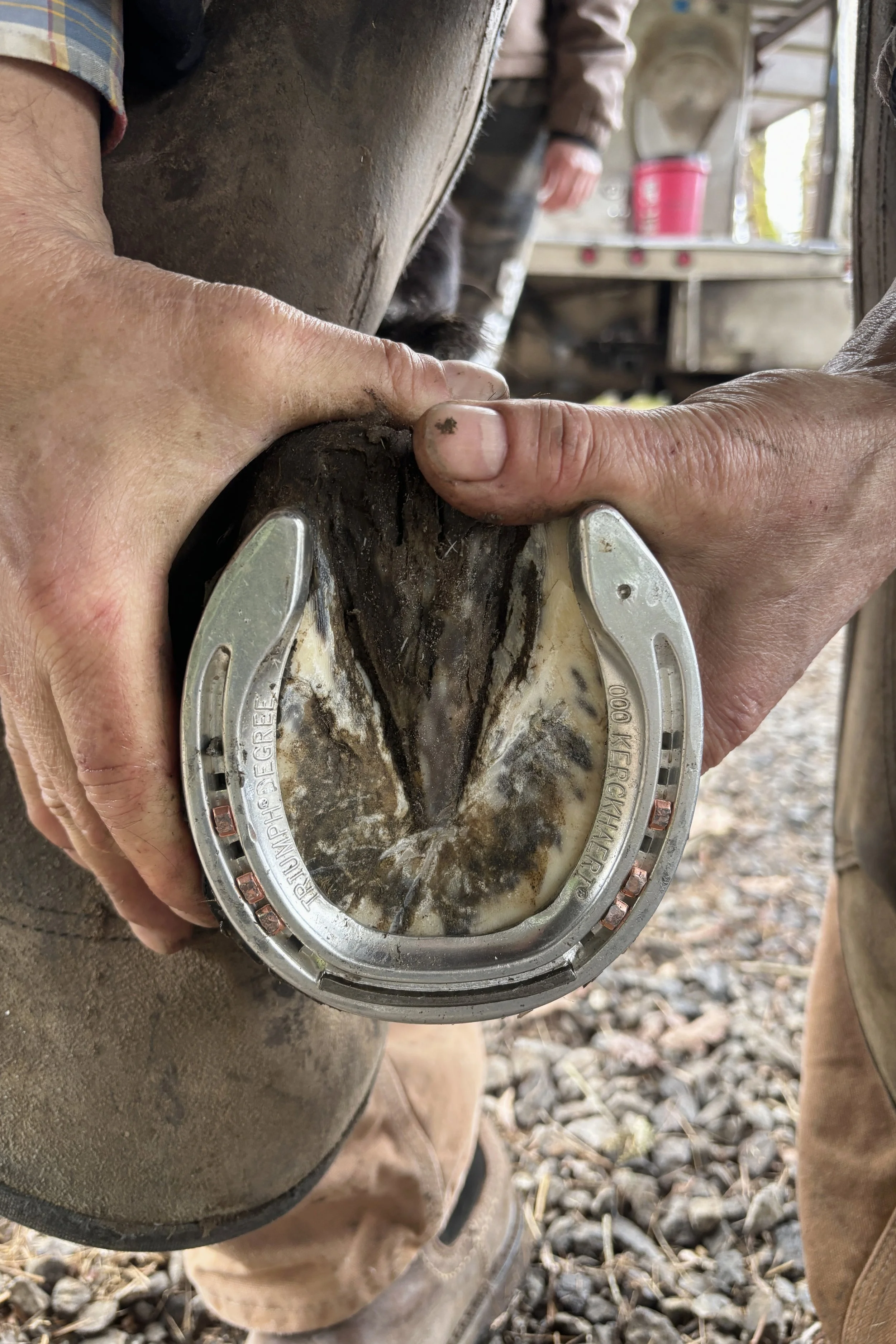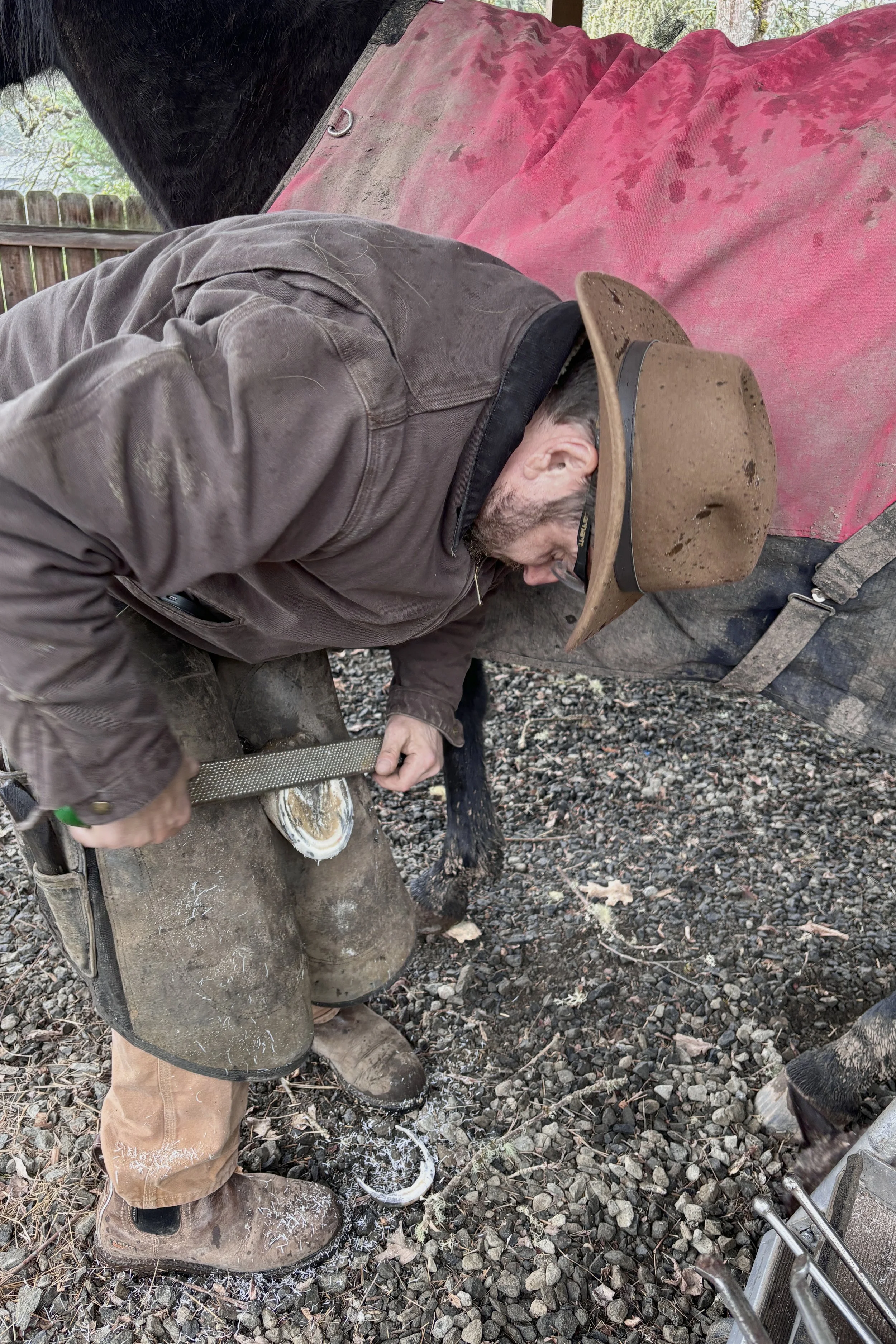MY WORK
Read this hypothetical breaking news story that I wrote about a new program coming to the University of Oregon called “Ducks Drink Responsibly.” This story helped me learn how to take into consideration the desires of my readers and what elements were necessary to draw interest in the program.
UO Division of Student Life Introduces Ducks Drink Responsibly program
By Kenzie Gallagher
EUGENE, Ore. – Students and faculty alike gathered at the Erb Memorial Union at the University of Oregon on Thursday to listen to speakers announce the introduction of a new binge drinking prevention program called Ducks Drink Responsibly.“The UO’s goal is to raise awareness on campus about the dangers of binge drinking among college students,” said Randy Johnson, director of UO Divison of Student Life. “With the introduction of Ducks Drink Responsibly, we hope to reduce the levels of binge drinking among UO students.”There has been a rapid increase in binge drinking incidents at UO. According to UO Health Services, the number of students seeking treatment for binge drinking has increased from 43 cases in 2023 to 55 in 2024.Dina DePorta, director of University Health Services, said, “To see the number of cases of binge drinking rise so much this year is alarming. It's not just a safety concern; it's a health concern."UO is also working with campus police to establish a policy where students will not be charged for a Minor in Possession after calling 911 in a binge-drinking emergency.Ducks Drink Responsibly will offer workshops for students to learn about reporting dangerous situations. Additionally, the program will provide a confidential hotline for students who want to report dangerous situations.Ducks Drink Responsibly will host a series of panels, starting in Fall of 2024, discussing the prevention of binge drinking. The panels will include experts, students and families who have been affected by binge drinking. Michelle Minors, a sophomore who was in a drunk driving incident in 2022, said, “I know better than anyone the importance of showing college kids not to binge drink.” She expressed her gratitude for the program, saying, “I hope the UO starts other drinking awareness programs.”In closing the announcement, Johnson said, “We expect this program to have a positive impact on campus. Time will tell, but we’re confident that it will have a payoff.”View this advertising campaign that I created with my teammates, Parker Reno-Zinn and Kylie Calabrese-Kenny. The goal of the campaign is to persuade first-time parents to change their habits and be more environmentally aware. This project helped me learn more about working in a team, delegating tasks, and managing disagreements.
View this brand analysis I created on the golf brand Titleist. The slide deck features research on the company and its brand and suggested improvements to increase revenue and brand awareness. I created four of these brand critiques for this class and got very good at identifying the strengths, weaknesses, and opportunities of a given brand’s identity.
Take a look at these photos that I took of Mike Waldorf, a farrier based in Eugene, Oregon. Each photo tells a different story of the process of hoof care and Mike’s life. This project helped me learn more about photography and how to tell an entire story through just photos and media.
Barn owner, Caroline Sonjah, walks her horse, Serenity, to a covered area in preparation for the horse’s pedicure in Veneta, Oregon. Serenity is a 30-year-old Arabian horse with an attitude. Caroline and Serenity have been clients of farrier Michael Waldorf for over five years. “He’s the best, I’ve never had a farrier who does as good a job as him. And Serenity loves it,” says Caroline.In order to ensure a perfect fit, Waldorf measures a horseshoe against the foot of the horse before he hammers the aluminum shoe on an anvil to adjust the proportions before he nails it into the foot of the horse. This does not hurt the horse, but the addition of the shoe on the front feet will support even distribution of the horse’s weight and prevent wear and tear of the hooves.Michael Waldorf began his farrier career in Costa Rica, where he gave horse tours to tourists. “I spent so much money paying someone to tend to the horses, I decided to start learning how to do it myself.” He attended school and became a registered farrier. He has been shoeing equine feet for 28 years. Waldorf wears protective glasses to keep hoof shavings out of his eyes.Using a coarse metal file called a hoof rasp, Waldorf smooths and shapes Serenity’s hooves. This process happens after using a hoof knife to remove dirt and additional growth on the horse’s feet. Because of the consistent moisture in Oregon, it is important that Waldorf does a thorough job in order to protect the feet of the horse from infections or unnecessary wear. Waldorf wears protective covers to shield his legs against tools.A close-up of Serenity’s hoof shows the newly applied horseshoe and the dirt on the hands of Waldorf. The darker area in the center of the foot is called the frog and Waldorf trims this down before shaving and cutting the outer area of the hoof, or the hoof wall. Small, flexible nails are used to secure the shoe in place and are filed down on the top of the hoof after application.Listen to this audio story that I created from an interview with Suman Barkhas, a Tai Chi master who has been teaching and practicing for over 20 years. This is a story of his journey to the United States and his path to becoming a master. Interviewing Suman taught me that there is something to learn from everyone you meet, even if you view the world differently.




